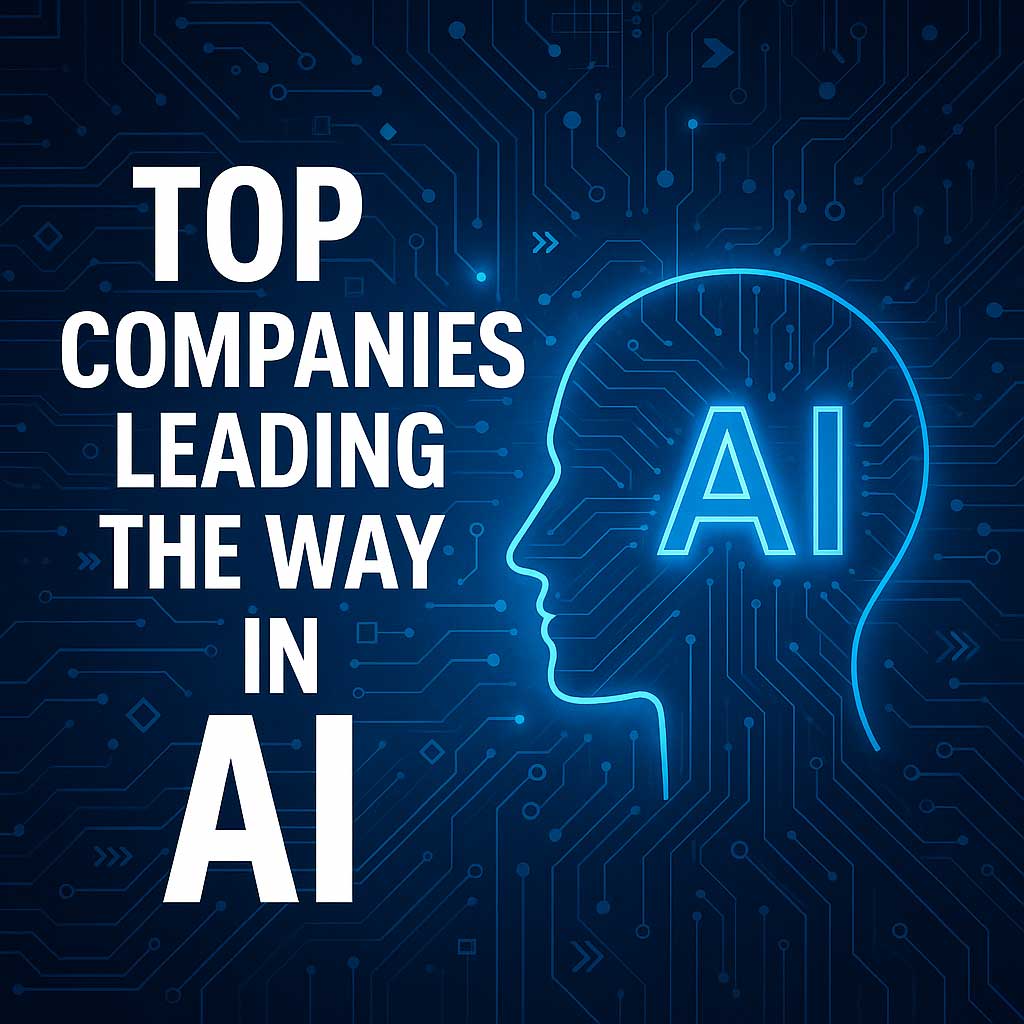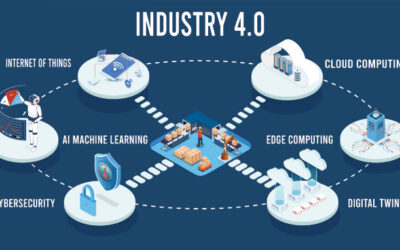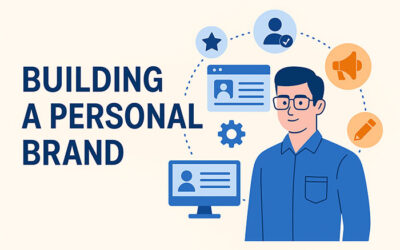Artificial intelligence is no longer the domain of speculative research or science fiction—it’s infrastructure. Today’s most influential companies are using AI not just to optimize business processes, but to redefine how systems are designed, operated, and scaled. From powering real-time recommendations to automating industrial inspection and enabling human-like interaction through large language models, AI is now central to how modern technology is built.
For engineers, this shift presents a dual challenge: staying current on the underlying tools and techniques while also navigating a rapidly evolving vendor ecosystem. Whether you’re working on edge devices, autonomous systems, devops pipelines, or ML workflows, the AI solutions you integrate must be reliable, secure, and scalable.
That’s why it’s critical to understand who the frontrunners are—not just in hype, but in actual engineering. This article breaks down 10 companies making meaningful contributions to AI infrastructure, tooling, and deployment—what they’re building, how it works, and why engineers should be paying attention.
1. NVIDIA
Focus: AI hardware, accelerated computing, deep learning
Why It Matters to Engineers:
NVIDIA’s GPU architecture has become the standard for training and inference at scale. Their CUDA platform enables deep control of GPU acceleration, and tools like TensorRT and Triton Inference Server are key for production-ready AI deployment. The new Grace Hopper Superchip further integrates AI into HPC workflows.
Use Case: Powering large-scale generative AI models, robotics, autonomous driving, and real-time simulation.
2. Google DeepMind & Google Cloud AI
Focus: Advanced research (DeepMind) and enterprise-scale AI (Google Cloud)
Why It Matters to Engineers:
From AlphaGo to AlphaFold, DeepMind has set benchmarks in reinforcement learning and protein folding. Meanwhile, Google Cloud’s Vertex AI platform allows engineers to build, train, and deploy models using a fully managed MLOps framework.
Use Case: Scientific discovery, LLM development, real-time AI-driven applications, and ML pipelines for production.
3. OpenAI
Focus: Natural language processing, generative models, multimodal AI
Why It Matters to Engineers:
OpenAI’s work in transformer architectures (GPT, CLIP, DALL·E) has reshaped how engineers think about scaling and fine-tuning language and vision models. Their API-first model allows integration into countless tools and workflows without building from scratch.
Use Case: Language modeling, search augmentation, document summarization, and code generation.
4. Microsoft
Focus: AI infrastructure, enterprise tooling, and responsible AI
Why It Matters to Engineers:
With its investment in OpenAI and the integration of GPT into Azure, Microsoft is delivering powerful AI tools across its ecosystem—from GitHub Copilot to Azure AI Studio. Its AI Stack is enterprise-ready, with robust model governance and security features.
Use Case: DevOps augmentation, intelligent assistants, enterprise document processing, and hybrid cloud AI deployment.
5. Amazon Web Services (AWS)
Focus: AI services, data infrastructure, edge AI
Why It Matters to Engineers:
AWS offers everything from foundational models (Bedrock) to real-time computer vision (Lookout for Vision) and model hosting (SageMaker). For engineers building production AI, AWS provides granular control over model training, cost optimization, and scaling.
Use Case: Smart warehouses, retail recommendation systems, fraud detection, and predictive maintenance.
6. Meta AI
Focus: Open-source frameworks, large-scale research, AR/VR integration
Why It Matters to Engineers:
Meta has released significant tools like PyTorch (the go-to deep learning framework for many), and LLaMA, its family of open LLMs. It also leads research into self-supervised learning, neural rendering, and AI for embodied agents.
Use Case: Conversational agents, AR/VR content generation, and self-supervised vision models.
7. Anthropic
Focus: Safe, interpretable, and scalable language models
Why It Matters to Engineers:
Founded by former OpenAI researchers, Anthropic focuses on AI alignment and responsible model behavior. Their Claude models are designed with safety and usability in mind, appealing to engineers building customer-facing tools or requiring stricter model controls.
Use Case: Customer support AI, legal and financial document processing, and alignment-focused LLM integration.
8. Intel
Focus: AI chips, edge computing, inference optimization
Why It Matters to Engineers:
Intel’s AI portfolio includes Habana Labs’ Gaudi accelerators and the OpenVINO toolkit for edge inference. Their focus is on accessible, power-efficient AI at the edge—making AI viable in low-latency, industrial, or embedded environments.
Use Case: Factory automation, AI at the edge, computer vision in manufacturing, and smart IoT devices.
9. Hugging Face
Focus: Model distribution, open-source ML tooling, community-based development
Why It Matters to Engineers:
Hugging Face has become the GitHub of machine learning. With Transformers, Datasets, and Spaces, they’ve built a collaborative platform for sharing and deploying AI models. It’s ideal for prototyping, benchmarking, and accessing state-of-the-art models with minimal friction.
Use Case: Model exploration, fine-tuning, research prototyping, and benchmarking across tasks.
10. IBM
Focus: AI for enterprise, hybrid cloud, and explainable AI
Why It Matters to Engineers:
IBM’s Watsonx platform offers a suite of tools for scalable enterprise AI, with a strong emphasis on transparency, governance, and model explainability. Engineers working in regulated industries will appreciate their focus on trust and traceability.
Use Case: Financial services, healthcare analytics, compliance, and model auditability.
Final Thoughts
Whether you’re working on infrastructure, model optimization, or full-scale deployment, these companies are shaping the AI landscape from different angles. From open-source platforms to industrial-scale AI chips and enterprise-grade model orchestration, the pace of innovation is accelerating—and engineers are at the center of it.
Knowing who’s leading the field isn’t just a matter of curiosity—it’s a competitive edge.




